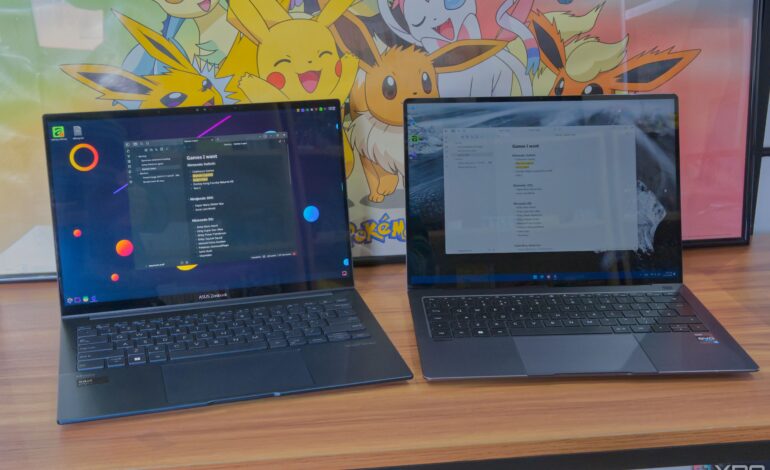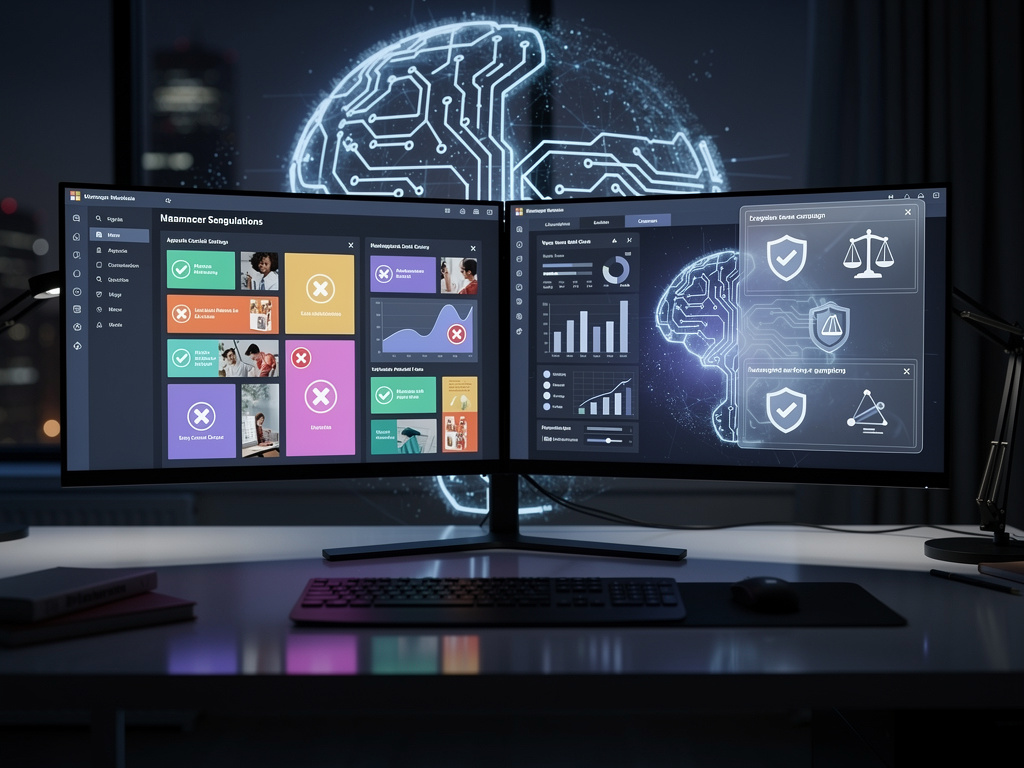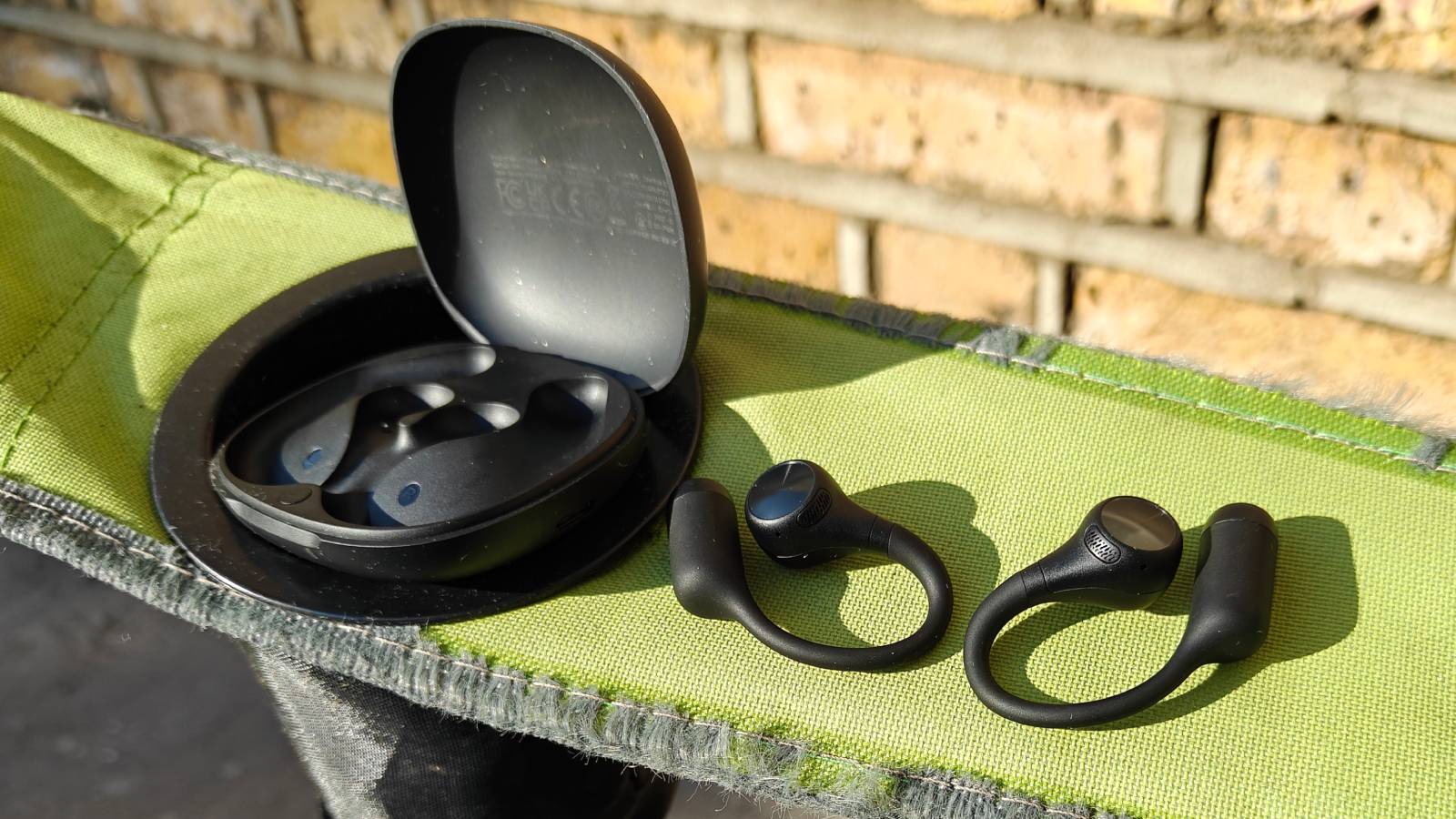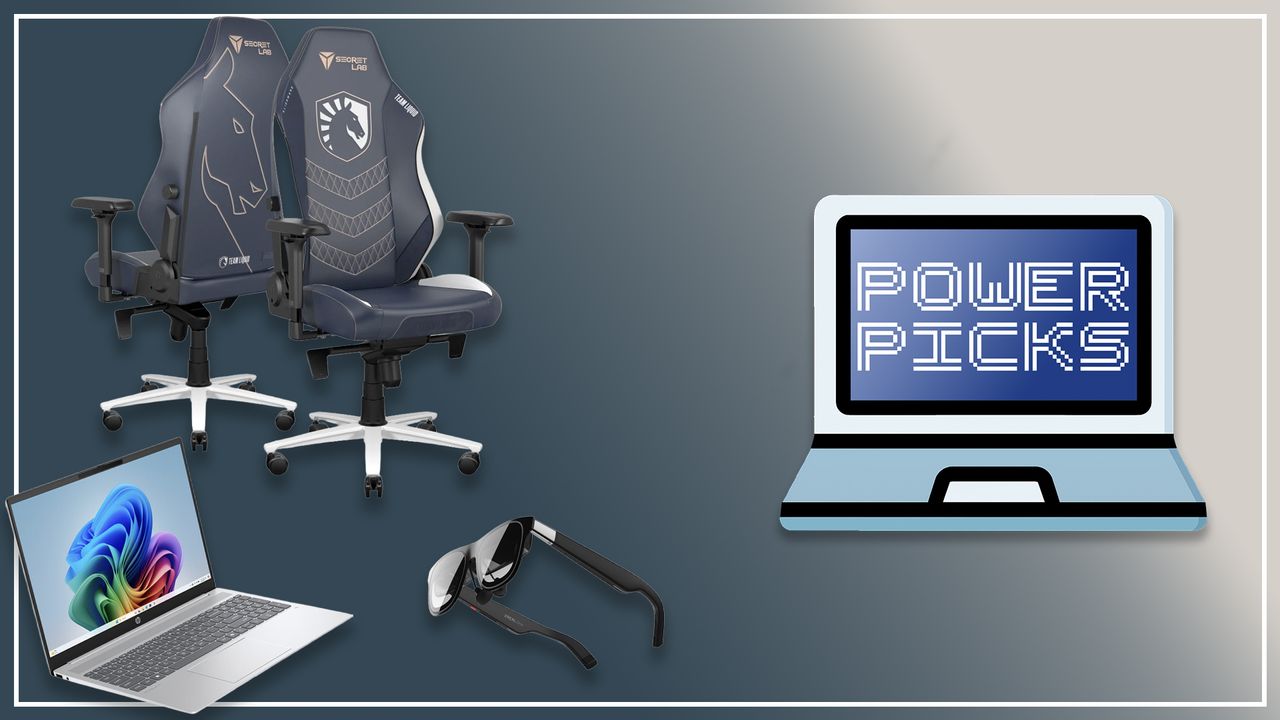User Transforms Note-Taking with Markdown and Syncthing Solution

In a notable shift away from cloud-based note-taking apps, a user successfully replaced services like OneNote with a self-managed solution using a Markdown-capable app and Syncthing. This transition not only enhances data control but also ensures notes remain accessible across multiple devices without relying on large corporations.
Choosing the Right Tools
The first step in this process involves selecting a suitable note-taking application that supports Markdown formatting. Among the various options available, Obsidian stands out as a popular choice. While it offers a paid sync service, users can also utilize it for free by storing files locally. For someone transitioning from OneNote, the organization of pages in Obsidian feels familiar, making the migration of content smooth.
While Markdown lacks some of the sophisticated formatting options of OneNote, it effectively serves its purpose for most users. If Obsidian does not appeal, alternatives such as Ghostwriter for Windows and Linux or Zettel Notes for Android can be considered. These options allow users to maintain flexibility across devices while still utilizing Markdown capabilities.
Ensuring Secure Synchronization
After selecting a Markdown app like Obsidian, the next crucial step is enabling synchronization across devices. This is where Syncthing plays an essential role. It provides a secure method for linking devices directly, allowing users to create multiple synchronization folders that connect to a local directory.
The synchronization process can be configured on personal devices, but for seamless updates without requiring simultaneous online access, a Network Attached Storage (NAS) serves as an effective intermediary. Changes made on one device are uploaded to the NAS, which is continuously online, allowing other devices to retrieve updates as they come online.
Though an official Syncthing app for Android is unavailable, users can opt for compatible forks such as Syncthing-fork or Syncthing-lite. While the syncing speed can vary, especially when switching to mobile data, the system functions reliably, allowing users to access their notes across platforms.
Benefits of a Self-Managed Solution
Combining a Markdown app with Syncthing has resulted in a comprehensive solution for managing notes. Users retain full control over their data, as Syncthing does not utilize external cloud servers. The setup allows notes edited on one device to appear on another within seconds, providing a user experience comparable to cloud services.
The transition from OneNote to Obsidian proved effective, with the ability to edit notes seamlessly. For instance, images inserted into pages from Obsidian transferred without issue to Zettel Notes. Despite minor usability challenges, such as handling tables in Markdown, the overall experience remains positive.
For those seeking to move away from conventional cloud-based note-taking applications, the combination of Obsidian or other Markdown apps with Syncthing is a viable option. The ease of setup and cross-platform compatibility makes this method an attractive alternative for users looking to enhance their note-taking experience.






